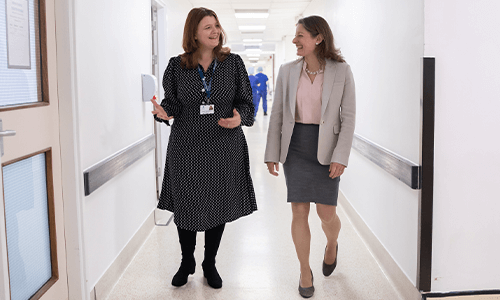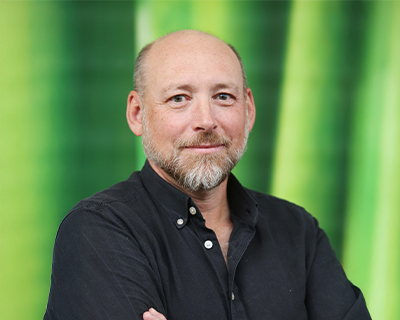Ashtead Hospital Specialists
-
Professor Amarjit Anand
Professor Amarjit Anand is a Consultant Orthopaedic Surgeon in Surrey who specialises in Spinal surgery
Read more -
Mr Oscar Garcia-Casas
Mr Oscar Garcia-Casas is a Consultant Orthopaedic Surgeon in Surrey who specialises in spinal surgery
Read more -

Mr Christopher Hulme
Mr Chris Hulme is a Consultant Orthopaedic Surgeon at Ashtead Hospital in Surrey who specialises in spinal surgery.
Read more -
Mr Will Kieffer
Mr Will Kieffer is a Consultant Orthopaedic Surgeon in Surrey who specialises in back and spinal surgery
Read more


